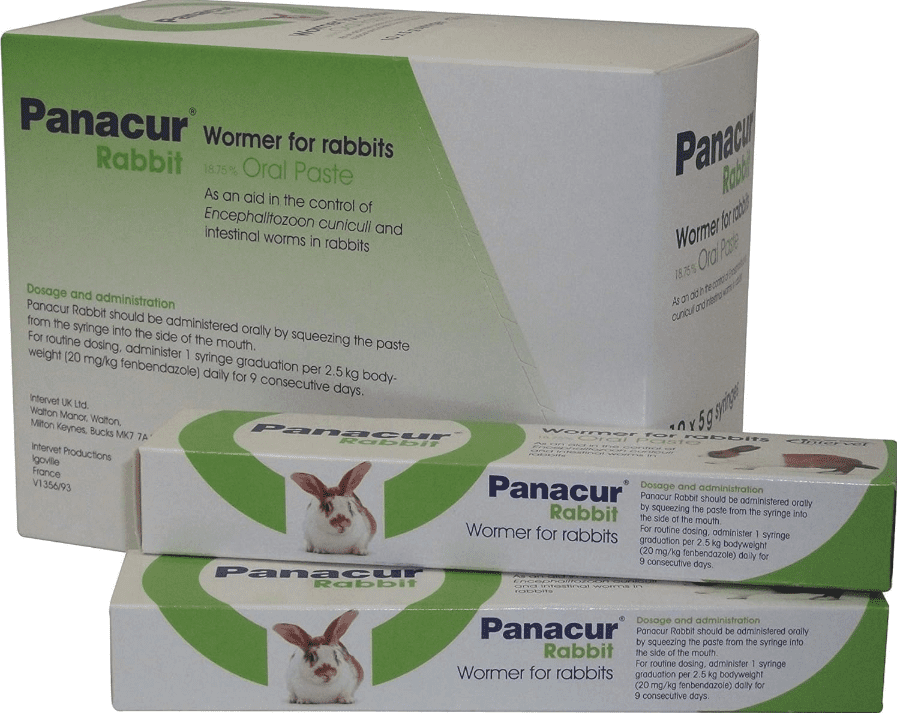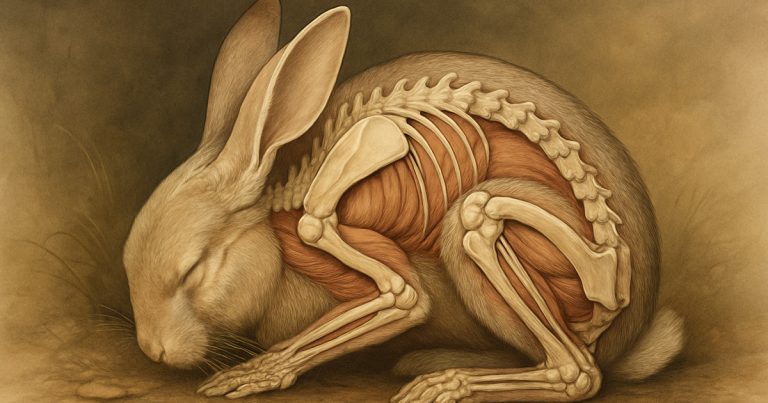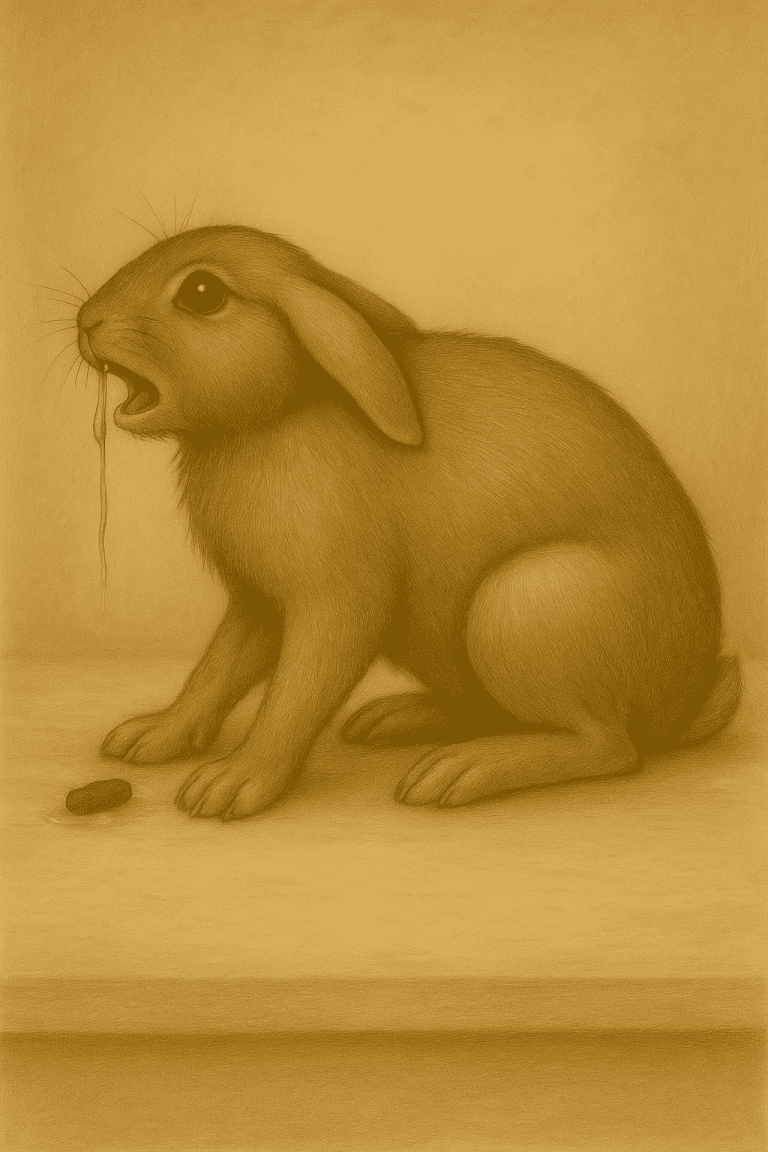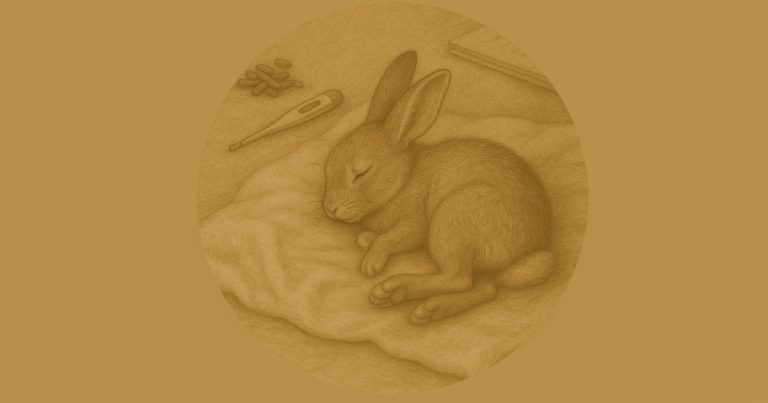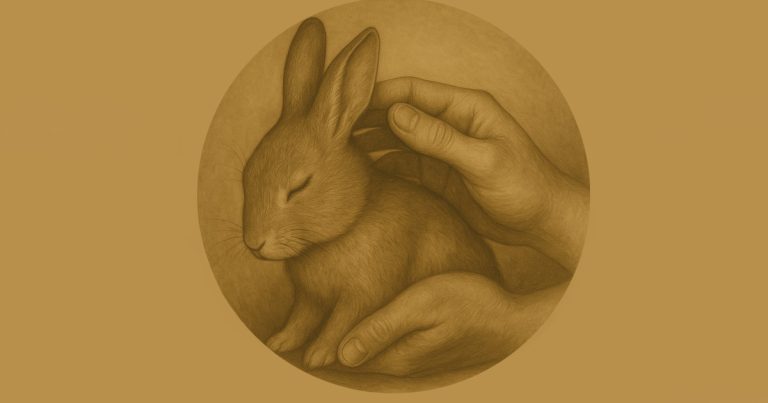E. Cuniculi (EC)
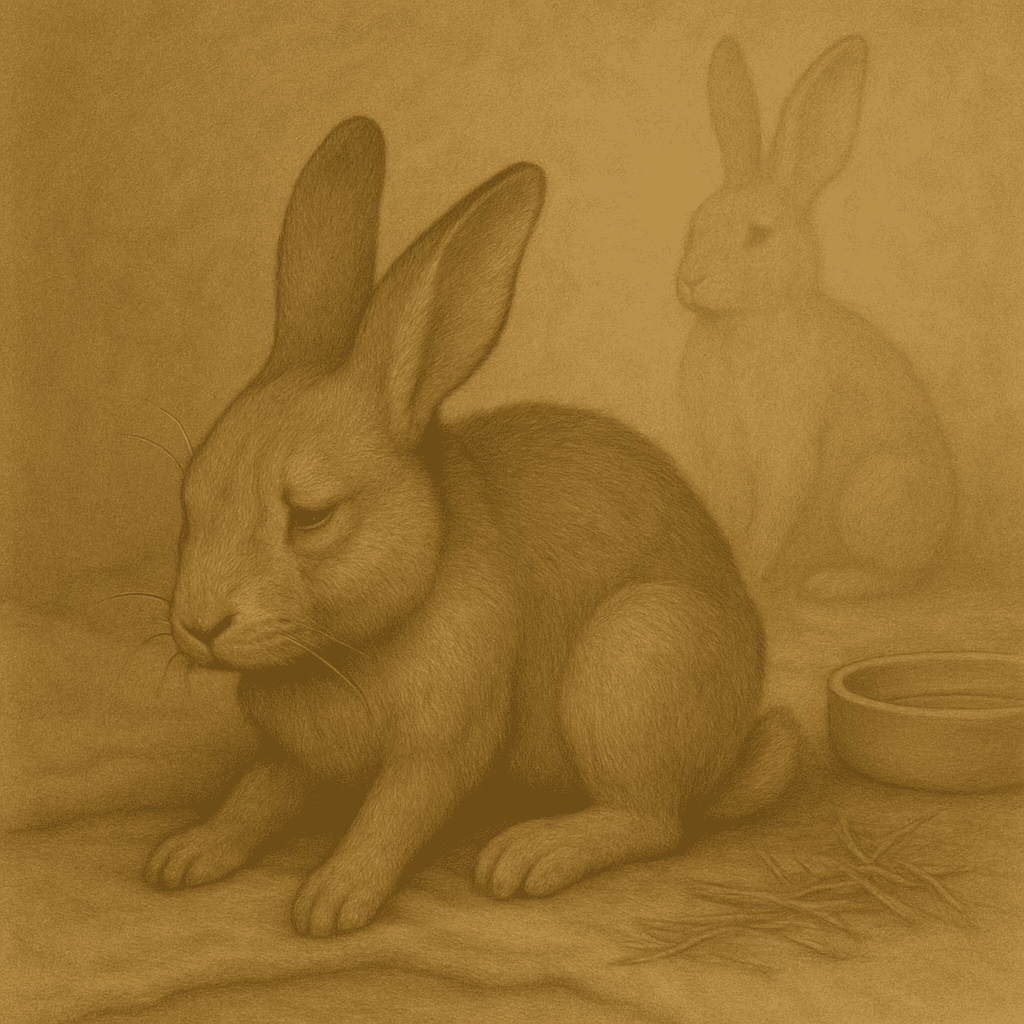
E. Cuniculi (EC) in Rabbits: The Hidden Threat You Need to Know About
E. Cuniculi (EC) for short—is a protozoan parasite, microscopic and persistent. It’s far more common than most rabbit owners realise. In fact, many rabbits carry it their whole lives without ever showing symptoms. Quiet. Hidden. Uninvited, but present.
It spreads primarily through urine. A shared water bowl. A damp corner of hay. A mother grooming her kits. One rabbit’s infection becomes another’s invisible passenger. Once inside the body, EC doesn’t launch an immediate attack. It lies in wait.
Dormant for months, sometimes years, EC bides its time. But when a rabbit is stressed—by travel, illness, surgery, rehoming, or even a change in routine—it can suddenly activate. That’s when the damage begins.
It tends to strike where the body is most vulnerable: the brain, spine, kidneys, and eyes. The result can be subtle at first—an unusual head tilt, unsteady steps, changes in vision or urination—but it can progress quickly if left unchecked.
At Redbeck, we’ve learnt to listen for the early whispers. EC doesn’t always shout. Often, it surfaces in the aftermath of stress: a rabbit returns from a vet visit or a long car ride, and something’s not quite right. A head carried at an angle. A hind leg dragging slightly. A pause where there used to be certainty.
We catch it then—before it deepens. Because time is critical. EC is treatable, but the sooner it’s recognised, the better the outcome.
Knowing EC means respecting its quiet persistence. It doesn’t need drama to do harm. Just the right moment. And a rabbit whose guard is down.
Why EC Is So Dangerous
The problem with EC isn’t just what it does. It’s how quietly it does it. Most rabbits carry EC without issue, but once triggered, the parasite begins causing damage—often before you even realise something is wrong.
Here’s how the timeline typically plays out:
- Day 0: Rabbit appears normal.
- Day 1–3: Subtle signs—eye twitching, slight circling, mild unsteadiness.
- Day 4–7: Symptoms worsen—head tilt, hind leg weakness, reduced activity.
- Beyond Day 7: Appetite drops, paralysis begins, stasis sets in. Often fatal if untreated.
Many vets don’t recognise EC early. It’s not their fault—most are trained in cats and dogs, not rabbits with neurological parasites. So they treat what they see: pain, infection, gut slowdown. Out comes the usual combo—antibiotics, pain relief, gut stimulant—and maybe a scan or X-ray. Meanwhile, the parasite keeps working.
Testing for EC takes up to two weeks. And even then, it often only confirms what you already suspected—or feared.
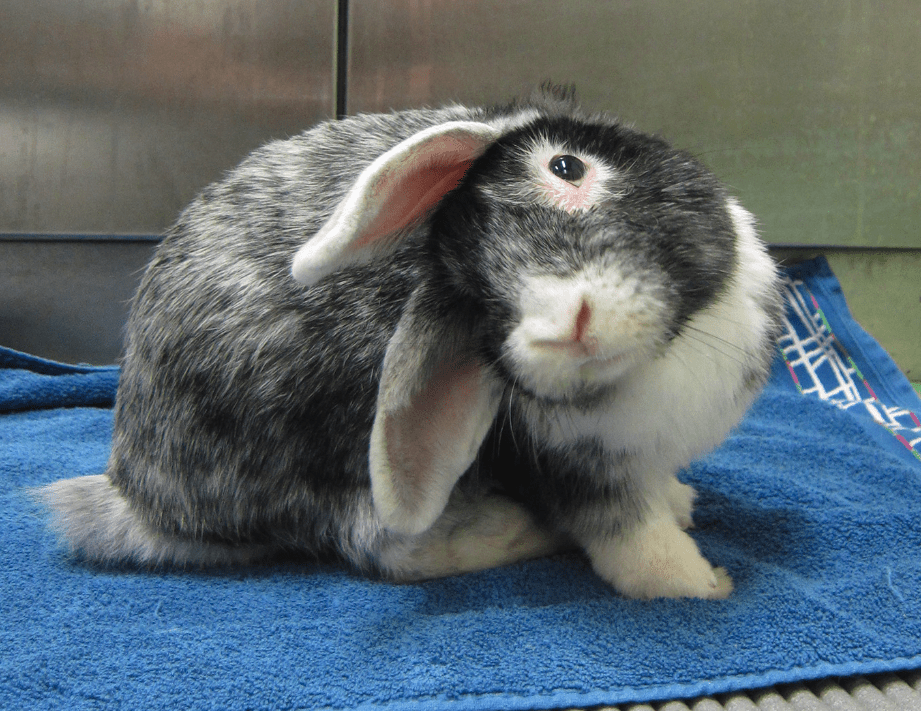
Spotting EC Early
Here’s the trap: rabbits with early EC signs often still eat, drink, and look alert. They don’t show pain. There’s no dramatic collapse. It’s easy to miss—or dismiss—as just being a quirky rabbit.
But we’ve learnt to look properly. Signs we act on immediately include:
- A nervous flick or twitch in one eye
- Circling or repetitive movement
- Slight wobble when turning
- A sudden shift from alert to subdued
- Brief stiffness or subtle seizure when picked up
If you catch EC in this window—within the first 72 hours—there’s a real chance of stopping it. Leave it too long, and you’re dealing with damage control.
The Redbeck Approach to Treating EC
We don’t wait for tests. We don’t wait for it to get worse. We act.
At the first signs, we start Panacur (fenbendazole)—immediately. No scan. No referral. Just action.
Panacur (or Lapizole, same active ingredient) is a wormer that also targets EC. It’s available over the counter or online. Our standard protocol:
- Start treatment right away
- Continue for at least 28 days without missing a dose
- Add Metacam (anti-inflammatory) if prescribed
- Support gut health and hydration
- Reduce stress to the bare minimum
And yes—if one rabbit is being treated, we treat their bonded partner too. Even if they look fine. EC spreads through shared environments, and delay risks reinfection or a second case days later.
What Recovery Looks Like
Even with fast action, EC recovery is rarely instant.
Typical recovery curve:
- Days 3–5: Tilt may stop worsening, rabbit steadies slightly
- Weeks 2–4: Balance improves, appetite and energy return
- Months 2–3: Some rabbits fully recover, others retain minor tilt or coordination issues
A rabbit doesn’t have to return to perfect to live well. We’ve seen rabbits with a slight head tilt or wobble go on to thrive, eat, play, and enjoy life.
Why Trusting What You See Matters
At Redbeck, we’ve saved not dozens—but hundreds of rabbits by acting before a diagnosis was ever offered.
Waiting for results costs lives. Trust your eyes. Trust the signs. Act first, and work with your vet as you go.
You don’t need permission to protect your rabbit. You need judgement, experience, and the willingness to act while others are still waiting.
Do You Treat Their Partner Too?
Yes. Always.
Rabbits share everything—space, bowls, grooming. If one has EC, assume the other is carrying it too.
At Redbeck, it’s routine: if one starts Panacur, both do. Better to treat both early than risk watching it begin again in a few weeks.ver again in a few weeks.
Final Note
We are not vets. The information here is based on decades of lived experience and observation.
If you suspect EC:
- Start Panacur immediately
- Continue treatment for 28 days
- Also consult your vet and support the rabbit with professional care
This advice is offered to inform—not to replace—veterinary guidance. You use it at your own discretion, with full responsibility. But if it helps you act faster, see clearer, and save a rabbit—then it’s done its job.

